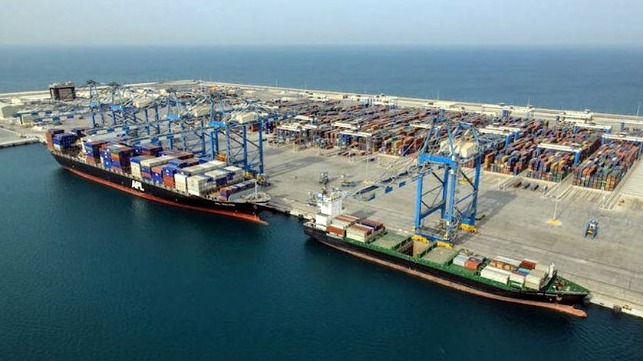Abu Dhabi Plans Green Ammonia Production Plant

Plans were announced for the development of Abu Dhabi’s first green ammonia production facility designed to create a steady supply of the emerging alternative fuel as well as build the regional and international markets for green ammonia. The plan calls for an investment of $1 billion for the plant which will use hydrogen and solar power to produce green ammonia for domestic use and export.
Helios Industry, a privately-owned special project company (SPV) established in the UAE, will construct the plant in collaboration with local and international partners. It will be built in two phases and when completed is projected to produce 200,000 tons of green ammonia annually from 40,000 tons of green hydrogen. The green ammonia plant will be powered by a dedicated 800-megawatt solar power plant that is also scheduled to be built in the region. The solar power plant will have a capacity of 100MW in phase 1. The plant will use the solar power to electrolyze water and split molecules into hydrogen and oxygen.
Both the green ammonia facility and the power plant are scheduled to be developed within the Khalifa Industrial Zone Abu Dhabi (KIZAD), which is a subsidiary of Abu Dhabi Ports. KIZAD is a master planned development that is created an extensive complex near the Khalifa Port and is integrated into the sea, air, road, and rail networks. The vision is for a large, port-integrated industrial zones that will become a hub for manufacturing, logistics, and trade.

that matters most
Get the latest maritime news delivered to your inbox daily.
Abdullah Al Hameli, Head of Industrial Cities & Free Zone Cluster, Abu Dhabi Ports, noted that the adoption of sustainability and green technology has gained significant traction within the region over the past few years. The creation of the plant they believe will support the development of the industrial zone and Abi Dhabi’s leadership in green energy.
According to Helios Industry, the new facility upon completion is expected to reduce CO2 emissions by more than 600,000 tons annually, equivalent to the amount of pollution generated by roughly 140,000 vehicles if conventional methods are employed for ammonia production.
